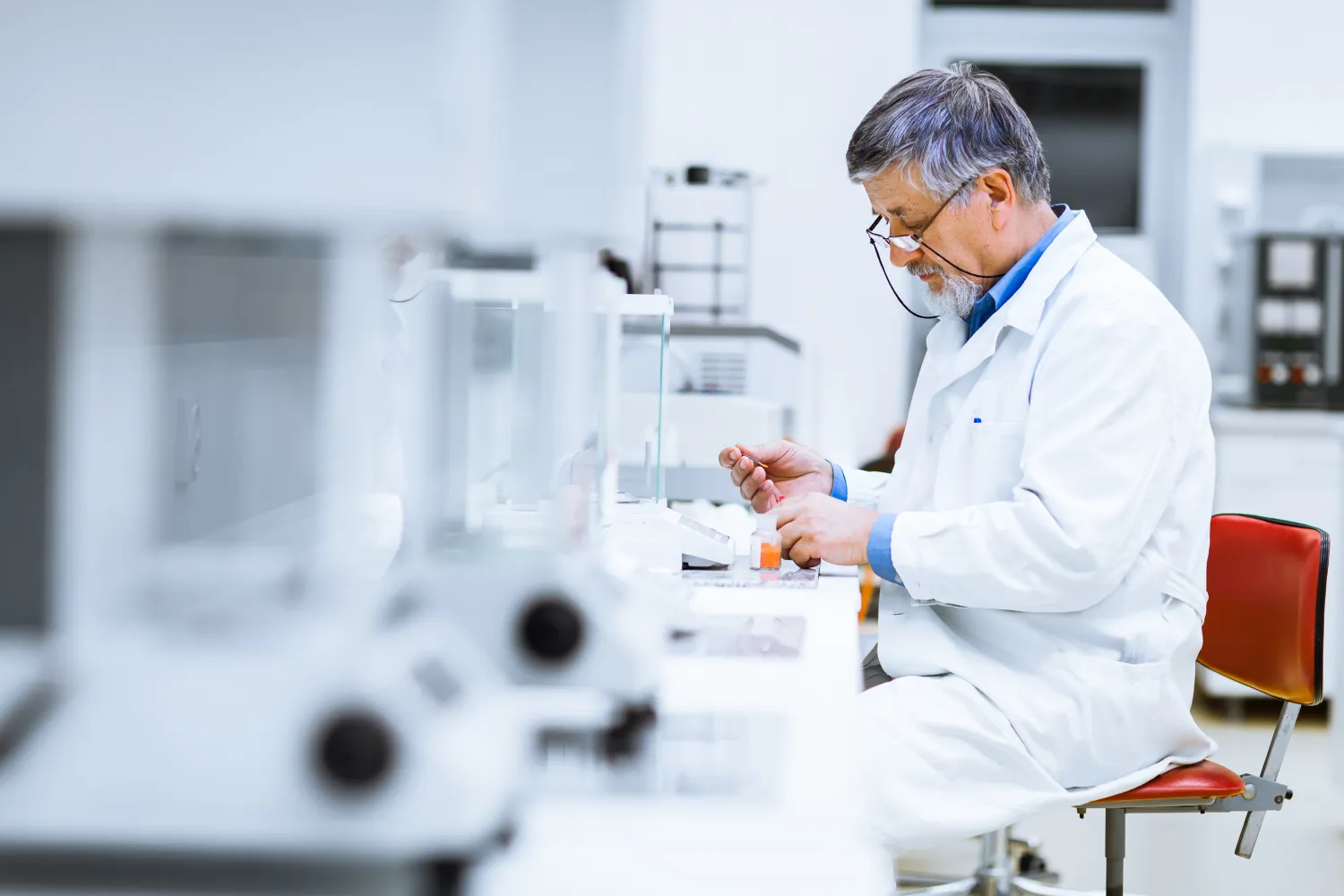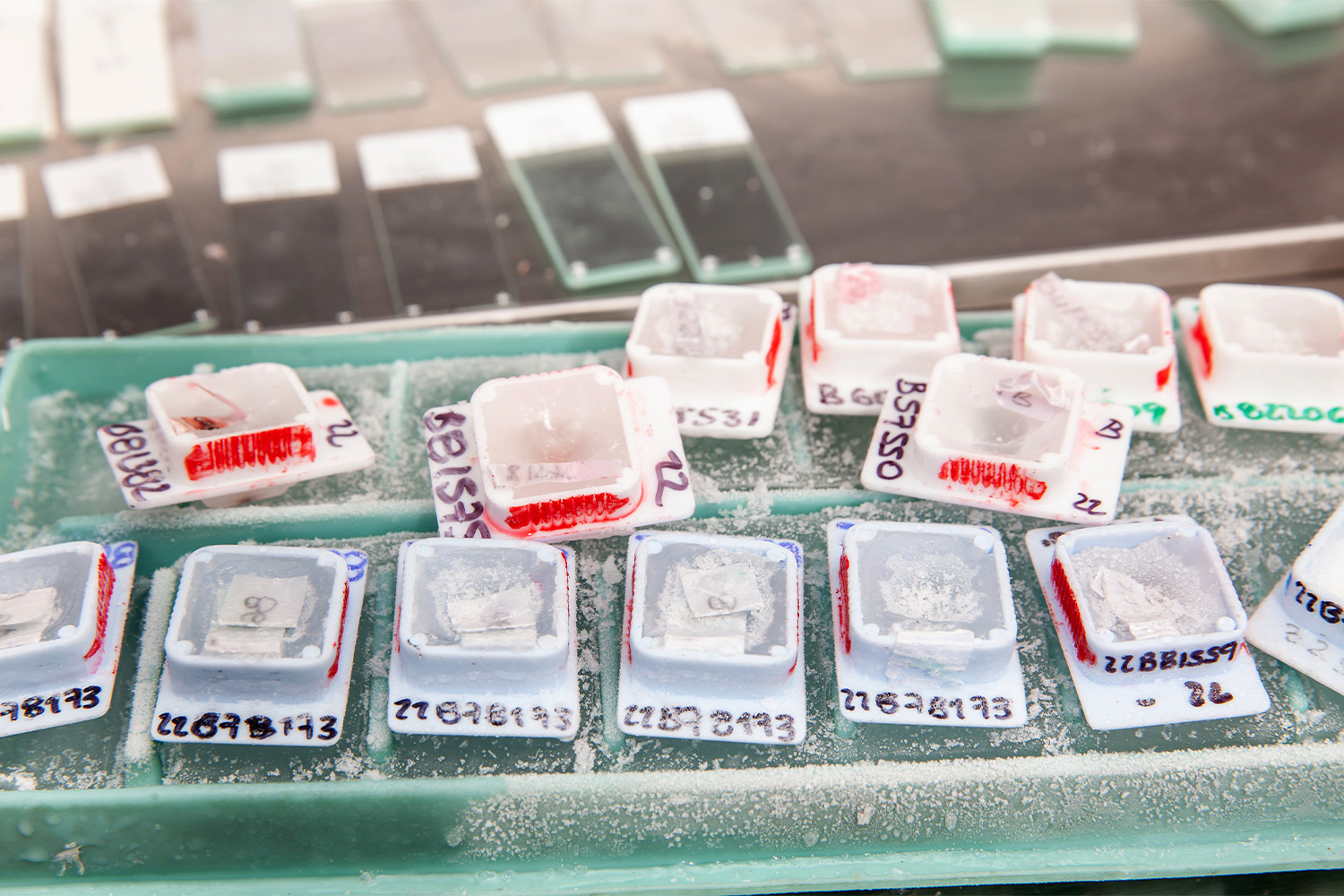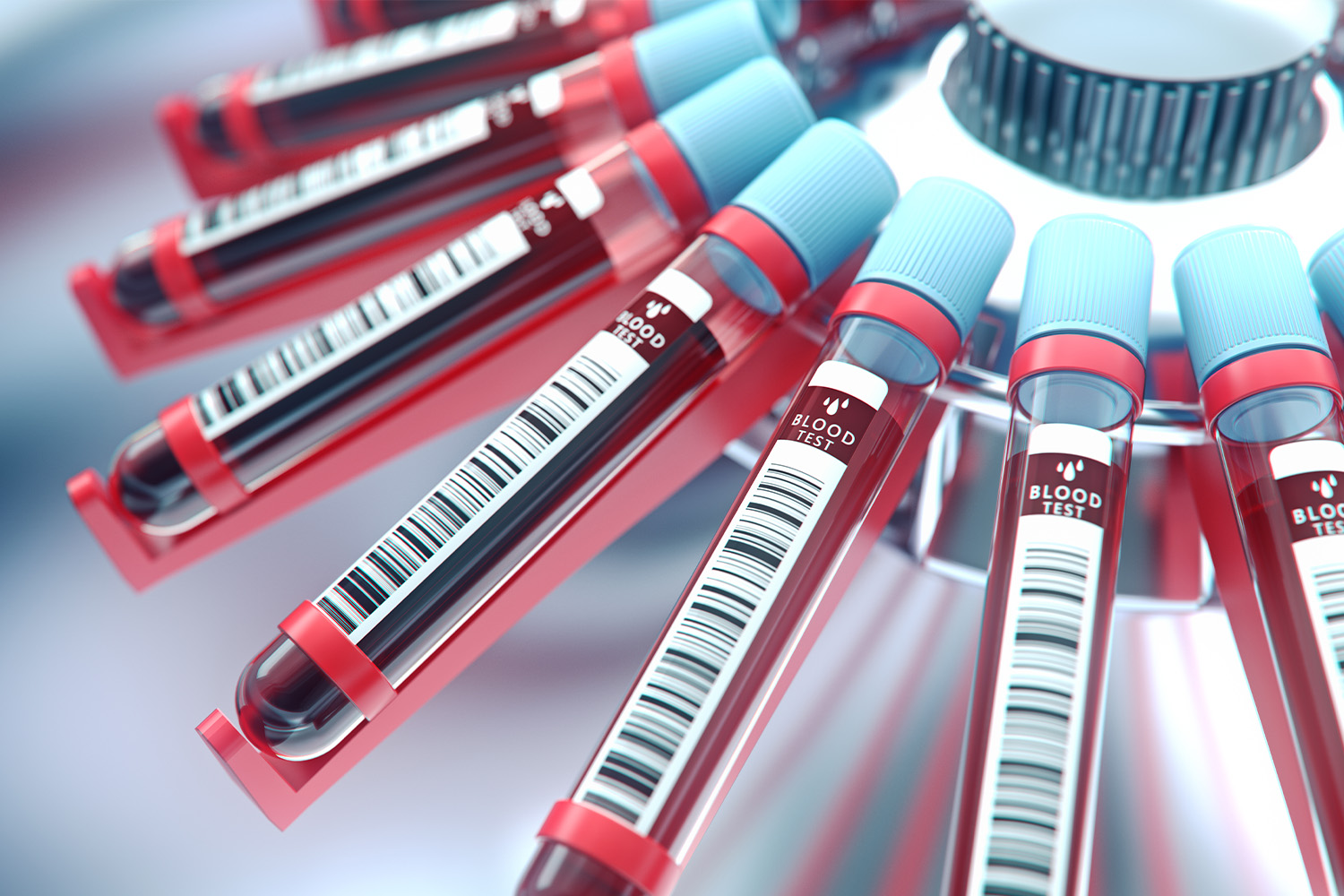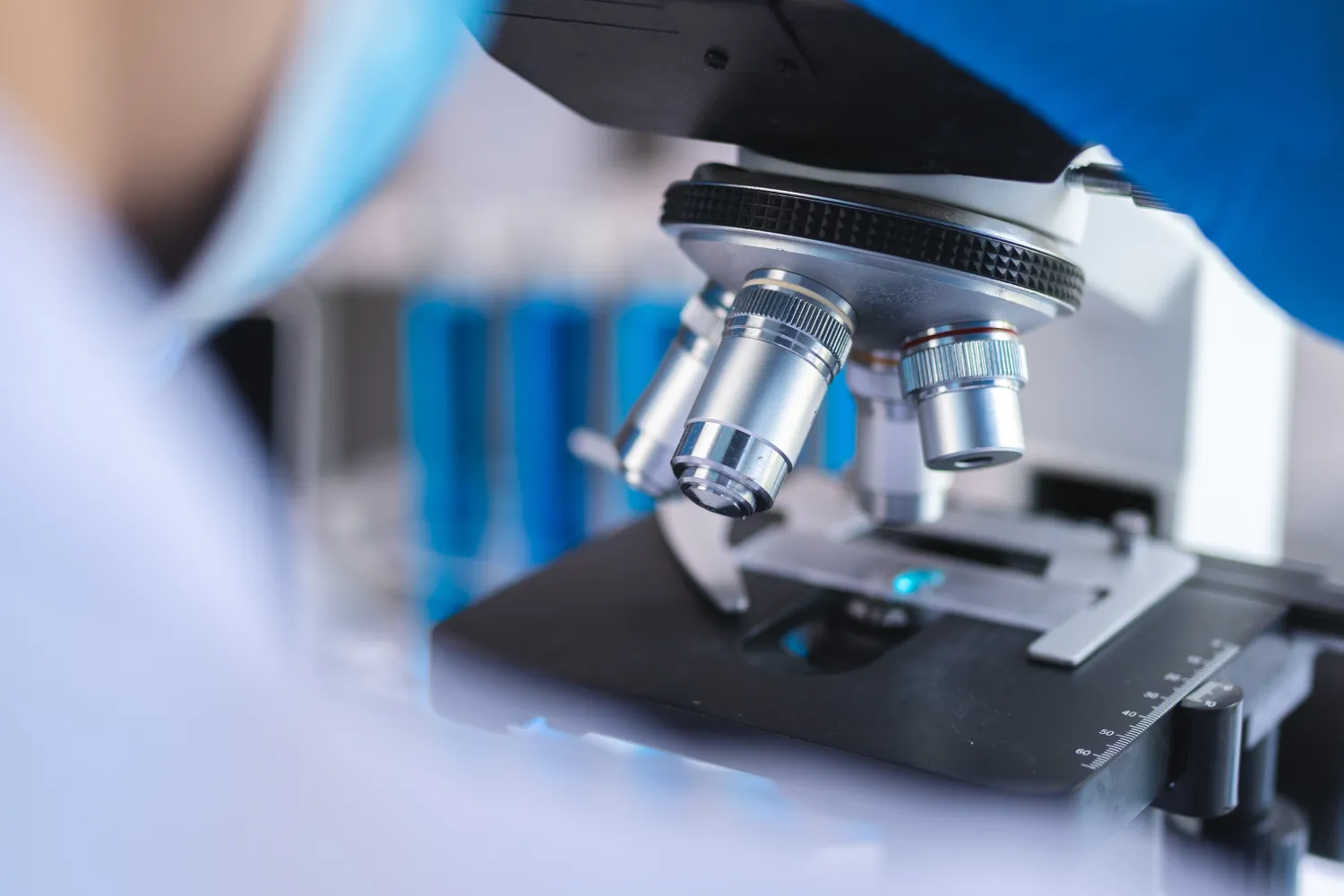Biospecimens — biological samples collected from patients and other living organisms — have long played a pivotal role in the study and understanding of infectious diseases. From diagnosing diseases to understanding their mechanics and progression, biospecimens are an indispensable tool in advancing the frontiers of medical science.
This article delves deep into the connection between biospecimens and infectious diseases, elucidating their significance in diagnostics, research, and treatment modalities.
The Essence of Biospecimens in Disease Study
At its core, the study of any infectious disease hinges on the ability to directly observe and understand the causative agent, be it a bacterium, virus, or any other pathogen. Biospecimens provide this very window into the microscopic realm. They are not just samples; they are stories — tales of infections, immune responses, and cellular interactions.
Disease Identification
One of the primary roles of biospecimens is the detection of pathogens or their metabolic products. A blood sample, for example, can reveal the presence of a virus, its genetic material, or antibodies that the body has produced in response. This identification serves as the bedrock of diagnostics.
Genetic Analysis
Beyond mere detection, biospecimens allow researchers to delve deep into the genetic makeup of pathogens. Understanding genetic sequences and mutations can help predict disease behavior, virulence, and even potential drug resistance. It’s through this genetic lens that potential vulnerabilities of a pathogen can be discovered and targeted.
Epidemiological Studies
On a larger scale, biospecimens serve as data points in the vast landscape of epidemiology. They offer insights into disease prevalence, potential hotspots, and modes of transmission. By analyzing a series of biospecimens collected over time, it becomes feasible to track the progression of an outbreak, anticipate its trajectory, and implement effective control measures.
Every single biospecimen is a piece of the puzzle, helping scientists and healthcare professionals construct a coherent picture of infectious diseases, from individual infections to global pandemics.
Types of Biospecimens Used in Infectious Disease Research
The world of infectious disease research is vast and diverse, mirroring the plethora of pathogens and their multifaceted interactions with hosts. To decode this intricate realm, researchers employ various types of biospecimens, each offering a unique perspective into the pathogenesis, transmission, and effects of infectious agents.
Blood and Blood Components
Undoubtedly, blood is one of the most frequently used biospecimens. Rich in information, it can host pathogens, immune cells, antibodies, and various molecular markers that offer a comprehensive insight into an ongoing infection.
Blood can be further divided into various components, including:
- Plasma: Being the liquid part of blood, plasma often contains free-floating pathogens, antibodies, and proteins that can be indicative of an infection or an immune response.
- Serum: Similar to plasma but without clotting factors, serum is a goldmine for detecting antibodies against specific infectious agents, making it pivotal in serological testing.
- Blood cells: These include white blood cells, which play a central role in immune responses. Analyzing them can provide insights into how the body is reacting to a particular pathogen.
Urine
While not immediately associated with infectious diseases, urine can reveal a lot, especially concerning infections of the urinary tract. Pathogens, their toxins, or cellular responses to infections can often be detected in urine samples, making them vital in diagnosing conditions like urinary tract infections.
Fecal Samples
Gastrointestinal infections prominently manifest in the gut, making fecal samples essential for diagnosing diseases caused by pathogens like Salmonella, Escherichia coli, or various parasitic organisms. These samples can also offer insights into the gut microbiota, which can influence and be influenced by infectious diseases.
Respiratory Specimens
Given the number of infectious diseases that are respiratory in nature, samples from the respiratory tract are indispensable.
This category includes:
- Nasopharyngeal and oropharyngeal swabs: Commonly used in the diagnosis of diseases like influenza and COVID-19, these swabs can detect pathogens residing in the upper respiratory tract.
- Sputum: This thick mucus, when coughed up from the lungs, can be teeming with pathogens causing lower respiratory infections like tuberculosis or pneumonia.
Tissue Biopsies
In cases where localized infections affect specific organs or tissues, a small sample of the affected tissue can be examined. This approach is often employed for fungal infections or when trying to pinpoint elusive pathogens causing enigmatic symptoms.
Cerebrospinal Fluid (CSF)
For central nervous system infections like meningitis or encephalitis, CSF can be a treasure trove of information. Obtained through a lumbar puncture, it can reveal the presence of pathogens, immune responses, or inflammatory markers indicative of an infection.
Sexual and Reproductive Health Samples
Swabs from the vagina, cervix, or urethra, along with semen samples, play a pivotal role in diagnosing sexually transmitted infections (STIs). These specimens can detect pathogens like Chlamydia trachomatis, Neisseria gonorrhoeae, and the human papillomavirus (HPV).
Saliva
Emerging as a convenient biospecimen, saliva can often contain traces of pathogens and their genetic material. Its non-invasive collection method has driven interest in using saliva for diagnostics, especially for viruses.
The type of biospecimen selected often hinges on the nature of the infection, the suspected pathogen, and the body system it affects. Collectively, these diverse biospecimens offer a comprehensive toolkit for researchers, enabling them to probe, understand, and combat infectious diseases from multiple angles.
The Role of Biospecimens in Infectious Disease Outbreaks
The sudden onset of infectious disease outbreaks, whether it’s a novel strain of flu or a resurgence of a previously controlled disease, demands swift action in the research community. Biospecimens play an invaluable role during these critical junctures.
First and foremost, access to stored biospecimens from previous cases can provide a comparative framework. By contrasting older samples with newly collected ones, scientists can identify mutations, track the pathogen’s evolution, and understand its adaptive mechanisms. This understanding is pivotal in tailoring treatment strategies and in developing targeted therapeutic agents.
Furthermore, during outbreaks, a surge in biospecimen collection occurs. These collected samples, when shared across the global research network, enable simultaneous, collaborative studies. The shared knowledge expedites the path to actionable solutions, whether it’s vaccine development, therapeutic interventions, or predictive modeling for containment strategies.
In times of crisis, the preservation, accessibility, and strategic use of biospecimens becomes even more pronounced. They not only offer insights into the infectious agent’s biology but also serve as a beacon, guiding the research community toward potential solutions, minimizing the outbreak’s impact, and safeguarding public health.
Precision Medicine and Personalized Treatment
The future of infectious disease treatment is veering towards precision medicine, wherein treatments are customized to individual patient profiles. Biospecimens play a pivotal role in this transformation.
By analyzing a patient’s unique genetic makeup and the specific pathogen strains they’re battling, tailored treatments can be developed. This ensures better patient outcomes, reduced side effects, and more efficient use of medical resources.
At iProcess Global Research, we’re at the forefront of this evolution, championing the collection and analysis of biospecimens that drive the next generation of personalized medical treatments.
Preserving Pathogens for the Future
The role of biobanking in infectious disease research is immense, offering an organized and systematic approach to preserving biological samples for present and future studies. Here’s a breakdown of the significance of biobanking and our unique contribution at iProcess Global Research.
Maintaining Viability and Genetic Integrity
Biobanking emphasizes the importance of preserving the viability and genetic composition of stored microorganisms.
This includes:
- Cryopreserving bacteria at ultra-low temperatures.
- Retaining the infectivity of certain viruses with specialized media.
- Ensuring human samples, including cellular responses and antibodies, remain intact over time.
Agility in Research
With stored specimens in hand, researchers have the flexibility to:
- Re-examine past samples with new technological lenses.
- Respond quickly to re-emerging diseases or outbreaks.
- Apply innovative diagnostic techniques to samples collected years prior.
Our Role at iProcess Global Research
Here at iProcess, we pride ourselves on our state-of-the-art biobanking facilities. Abiding by the highest global standards, we guarantee the preservation of specimens in conditions mirroring their natural state.
For us, biobanking isn’t just about storing samples; it’s about ensuring their enduring relevance and accessibility. We actively engage with the global research community to keep our collections both diverse and pertinent.
We’ve also established strong partnerships with research entities across the globe, ensuring that our biospecimen collections are comprehensive and tailored to the diverse needs of scientists everywhere.
In essence, biobanking isn’t merely a passive repository of biological samples. At iProcess Global Research, we see it as a living, evolving entity poised to serve the ever-changing demands of infectious disease research, both today and well into the future.
Conclusion
In the constantly evolving realm of infectious diseases, biospecimens remain the cornerstone of breakthroughs and innovative treatments. Their role, from understanding pathogens to guiding targeted therapeutic strategies, is invaluable. As the global community faces newer, more complex challenges in disease management, the importance of quality biospecimens only magnifies.
At iProcess Global Research, we recognize this crucial need and are deeply committed to advancing the field with our high-quality specimens. Our mission is to equip researchers and healthcare professionals with the tools they need to ensure a healthier future for all.
Sources:
Biospecimen and Biorepository Basics | Patient Corner | BBRB




